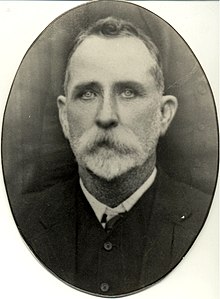
Wooloowin is a suburb in the City of Brisbane,Queensland,Australia. In the 2021 census,Wooloowin had a population of 4,029 people.

The Queensland Police Service (QPS) is the principal law enforcement agency responsible for policing the Australian state of Queensland. In 1990,the Queensland Police Force was officially renamed the Queensland Police Service and the old motto of "Firmness with Courtesy" was changed to "With Honour We Serve". The headquarters of the Queensland Police Service is located at 200 Roma Street,Brisbane.

Clayfield is a suburb in the City of Brisbane,Queensland,Australia. In the 2021 census,Clayfield had a population of 10,897 people.

Nundah is an inner suburb in the City of Brisbane,Queensland,Australia. It contains the neighbourhood of Toombul. In the 2021 census,Nundah had a population of 13,098 people.

Hendra is a suburb of the City of Brisbane,Queensland,Australia. In the 2021 census,Hendra had a population of 4,914 people.
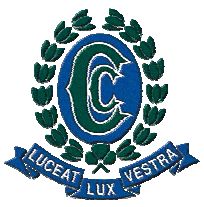
Clayfield College is an independent,Uniting Church and Presbyterian,day and boarding school,located in Clayfield,an inner-northern suburb of Brisbane,Queensland,Australia. The College is owned and governed by the Presbyterian and Methodist Schools Association.
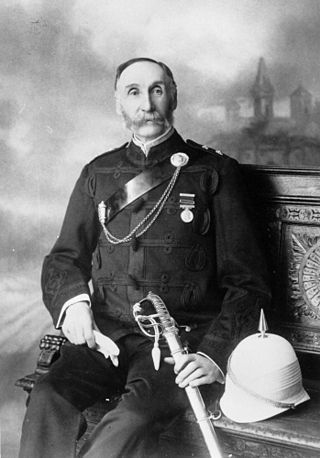
William Edward Parry-Okeden was a public servant,Police Commissioner and Protector of Aborigines (1895-1903),as well as a horseman,in Queensland,Australia. He stood 6 ft 2 in (1.88 m) tall.

Australian native police were specialised mounted military units consisting of detachments of Aboriginal troopers under the command of White officers appointed by colonial governments. These units existed in various forms in colonial Australia during the nineteenth and,in some cases,into the twentieth centuries. From temporary base camps and barracks,Native Police were primarily used to patrol the often vast geographical areas along the colonial frontier in order to conduct raids against aboriginals or tribes that had broken the law and punitive expeditions against Aboriginal people. The Native Police proved to be a brutally destructive instrument in the disintegration and dispossession of Indigenous Australians. Armed with rifles,carbines and swords,they were also deployed to escort surveying groups,gold convoys and groups of pastoralists and prospectors.
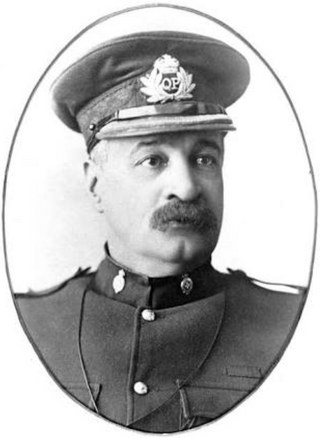
Frederic Charles Urquhart was a Native Police officer,Queensland Police Commissioner and Administrator of the Northern Territory.

Alexander Douglas Douglas was a naval officer,an inspector in the Native Police and a chief inspector of police in Queensland.

Patrick Kenniff was an Australian bushranger who roamed western Queensland,Australia,with his brother James Kenniff (1869–1940). They were primarily cattle thieves,but the brothers were found guilty of murder and Patrick was hanged in Boggo Road Gaol in 1903.
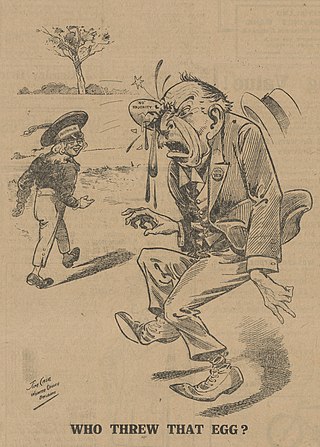
On 29 November 1917,an egg was thrown at the Australian Prime Minister Billy Hughes at the Warwick railway station,Queensland,during his campaign for the 1917 plebiscite on conscription. The egg was thrown by Patrick Michael Brosnan,possibly assisted by his brother Bartie Brosnan.

Marianne Helena Brydon (1864–1941) was a domestic science teacher in Queensland,Australia. She raised the status and availability of domestic science as a subject in Queensland schools.

George Poultney Malcolm Murray or simply G.P.M. Murray was a British-born senior officer in both the paramilitary Native Police and civilian Queensland Police Force.

The history of the Queensland Police Service in Queensland,Australia,commenced in 1864,five years after the Separation of Queensland from New South Wales in 1859. This timeline highlights significant developments in Queensland policing.

Cecil James "Cec" Carroll,was a commissioner of the Queensland Police Force from 8 May 1934 to 6 July 1949.
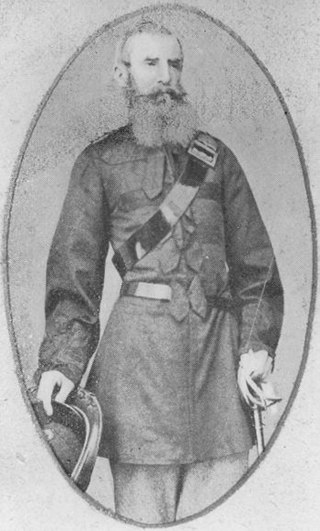
John By Durnford Marlow was an officer in the paramilitary Native Police force in the British colony of Queensland. He served in this corps for fourteen years and was stationed at frontier sites such as the Maranoa Region,Port Denison and on the Burdekin River. Marlow,by leading armed escorts of troopers,was also intrinsically involved in the expeditions which led to the establishment of the towns of Cardwell and Townsville.

Zara Dare was one of the first two female police officers of the Queensland Police Department,assigned number '2WP',appointed on 16 March 1931,until her resignation in March 1940 to get married. Prior to being a police officer,she was a missionary to China with the Salvation Army.

William Harold Ryan was a police officer who served as the sixth Commissioner of the Queensland Police Force from January 1925 until his retirement in May 1934. Commencing as a constable in the organisation,he served 41 years as a police officer,nine years as the commissioner.
Colonel Barnard Charles Evans CMG,commonly written as Charles Barnard Evans,was Commissioner for Railways with the Queensland Government Railways from 1 June 1911 to 31 October 1918.
